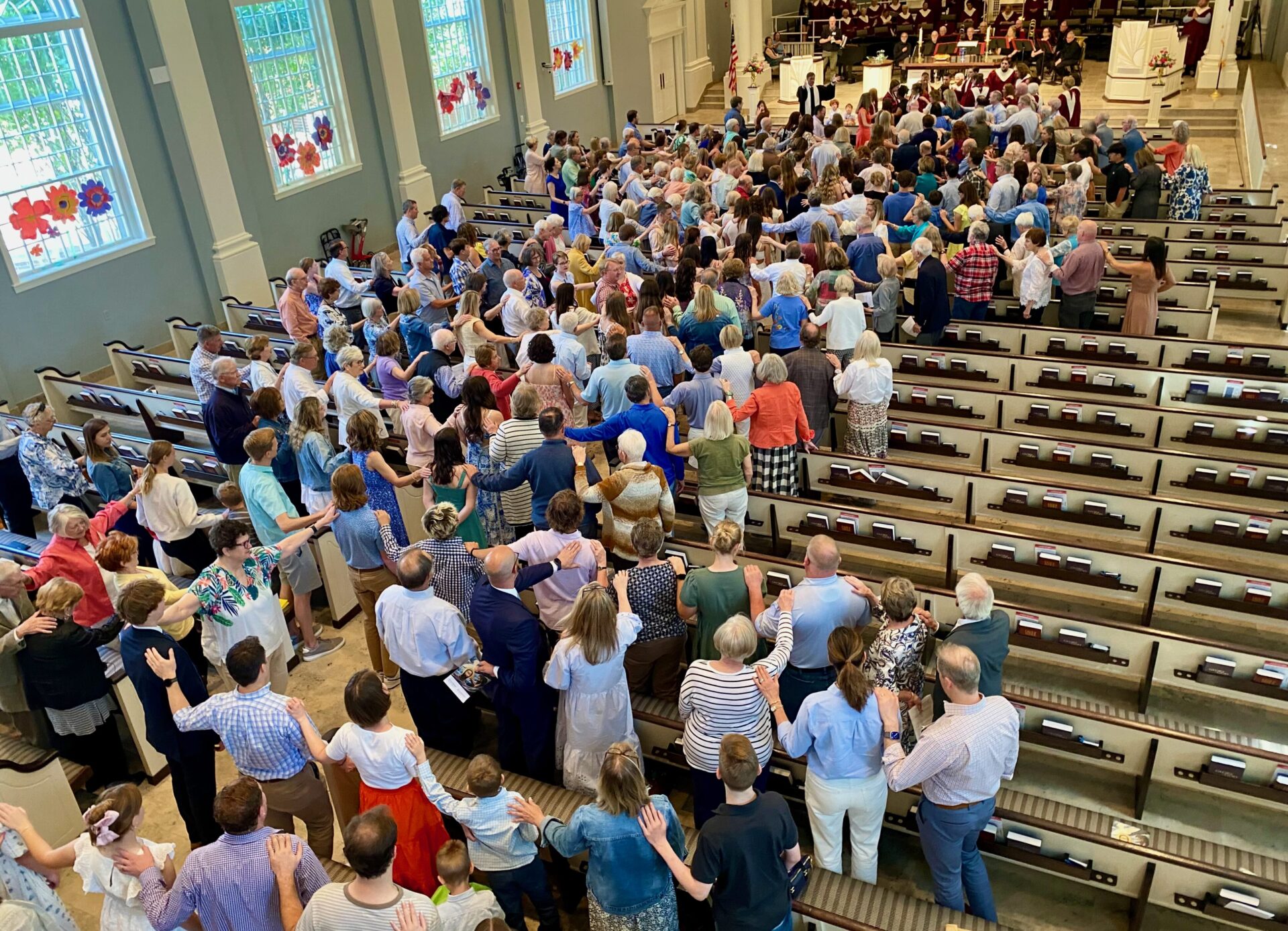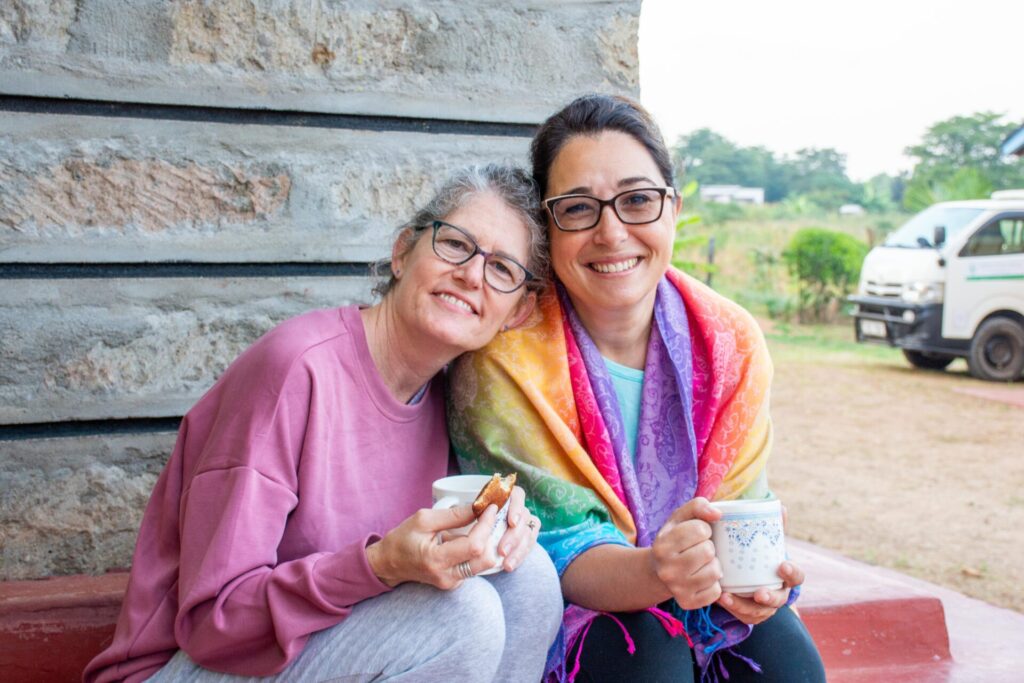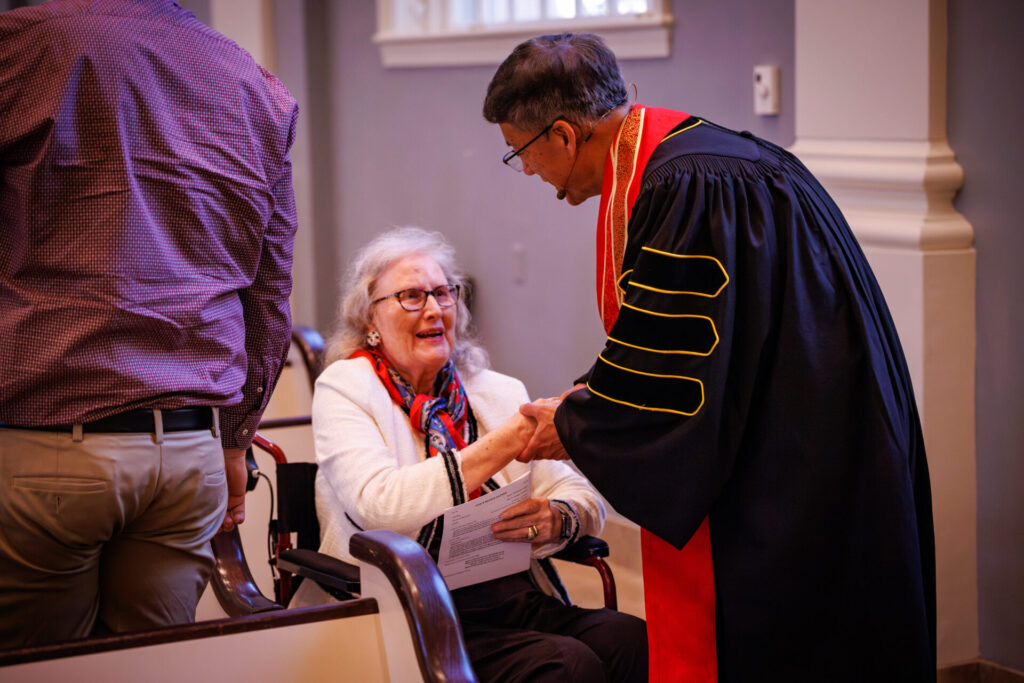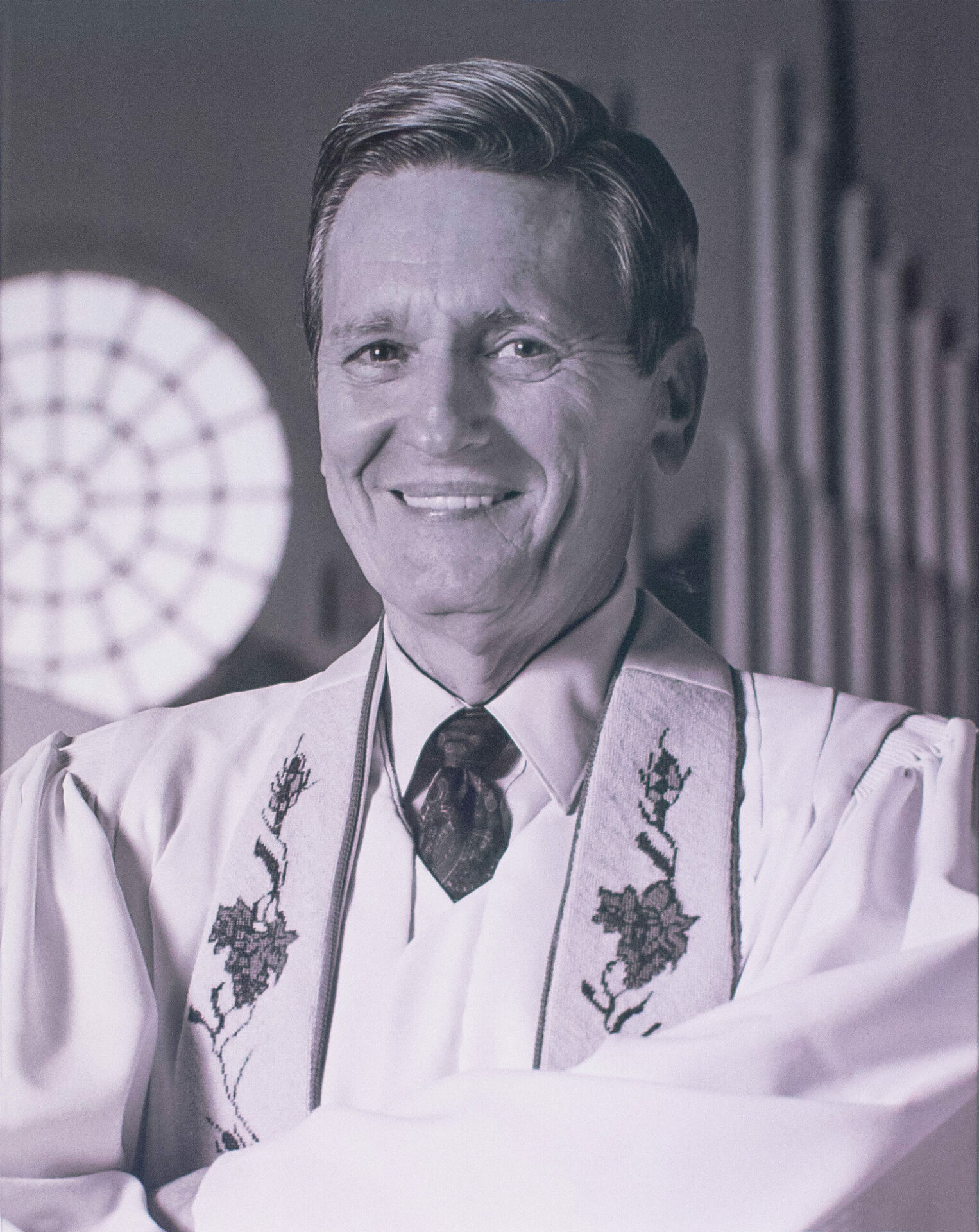Our Story
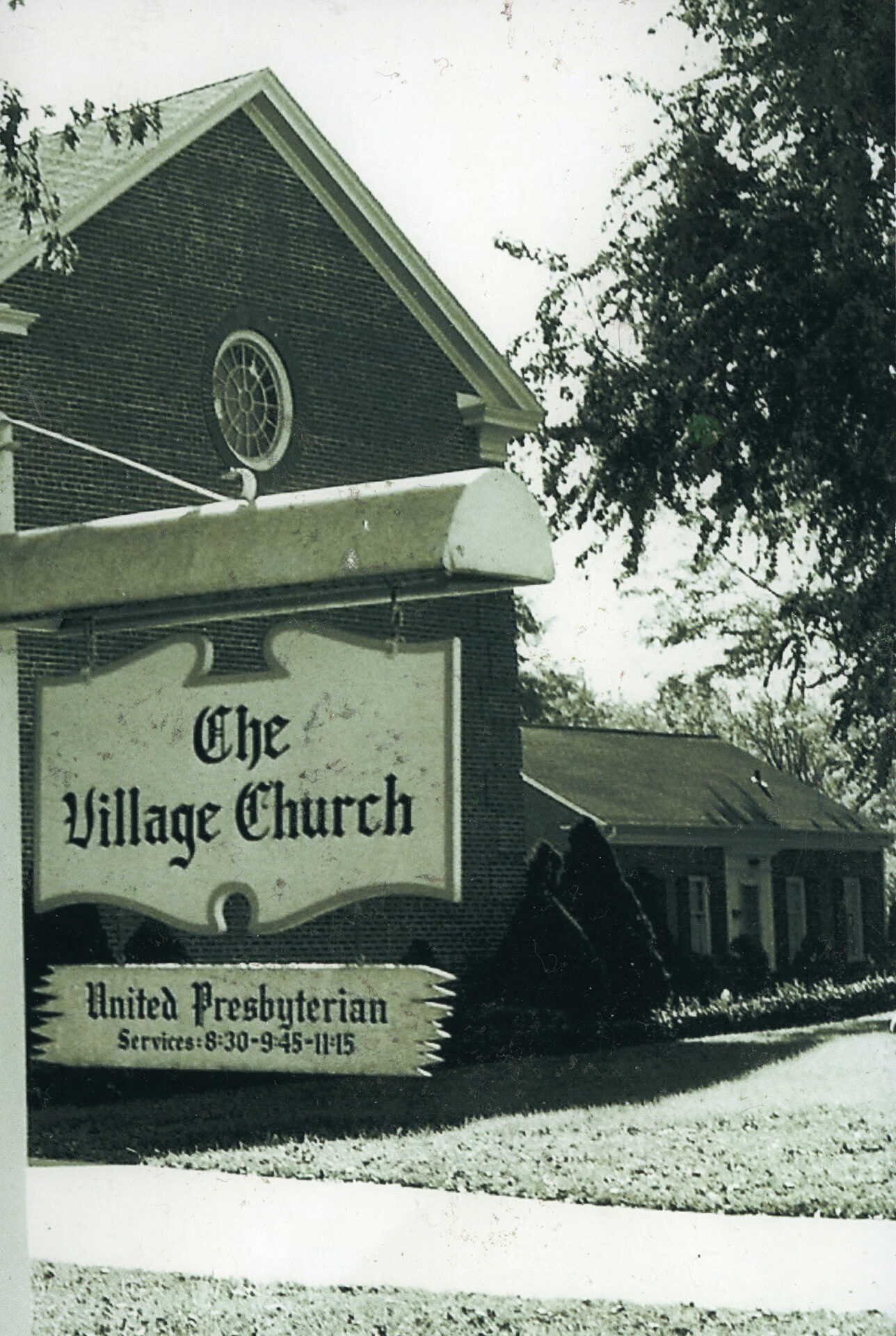
Our Founding
1949
Village Church was founded on Feb. 13, 1949, with 282 charter members. The church grew massively from that point, propelled by Rev. Dr. Bob Meneilly’s powerful preaching and by the strong mission, Christian education, music, children and youth programs that are at the heart of Village’s purpose and impact today.
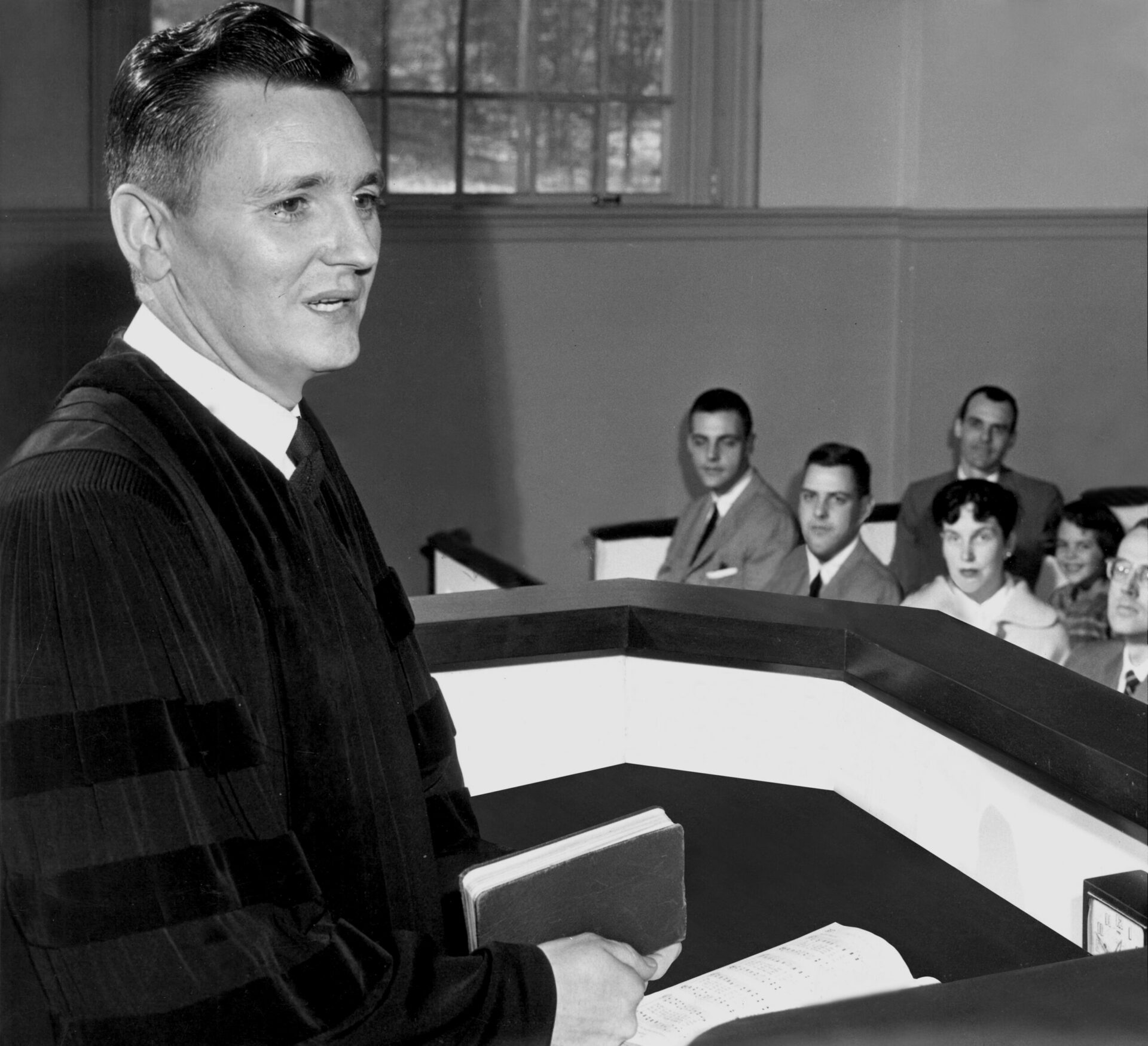
Social & Racial Justice
1960s
In the mid-1960s, Rev. Meneilly preached several sermons urging his then all-white congregation to welcome Black residents into their neighborhoods and church. He encouraged church elders to take a public stand in favor of Fair Housing. These messages prompted a flood of hate mail and death threats. Meneilly didn’t back down.
racial reconciliation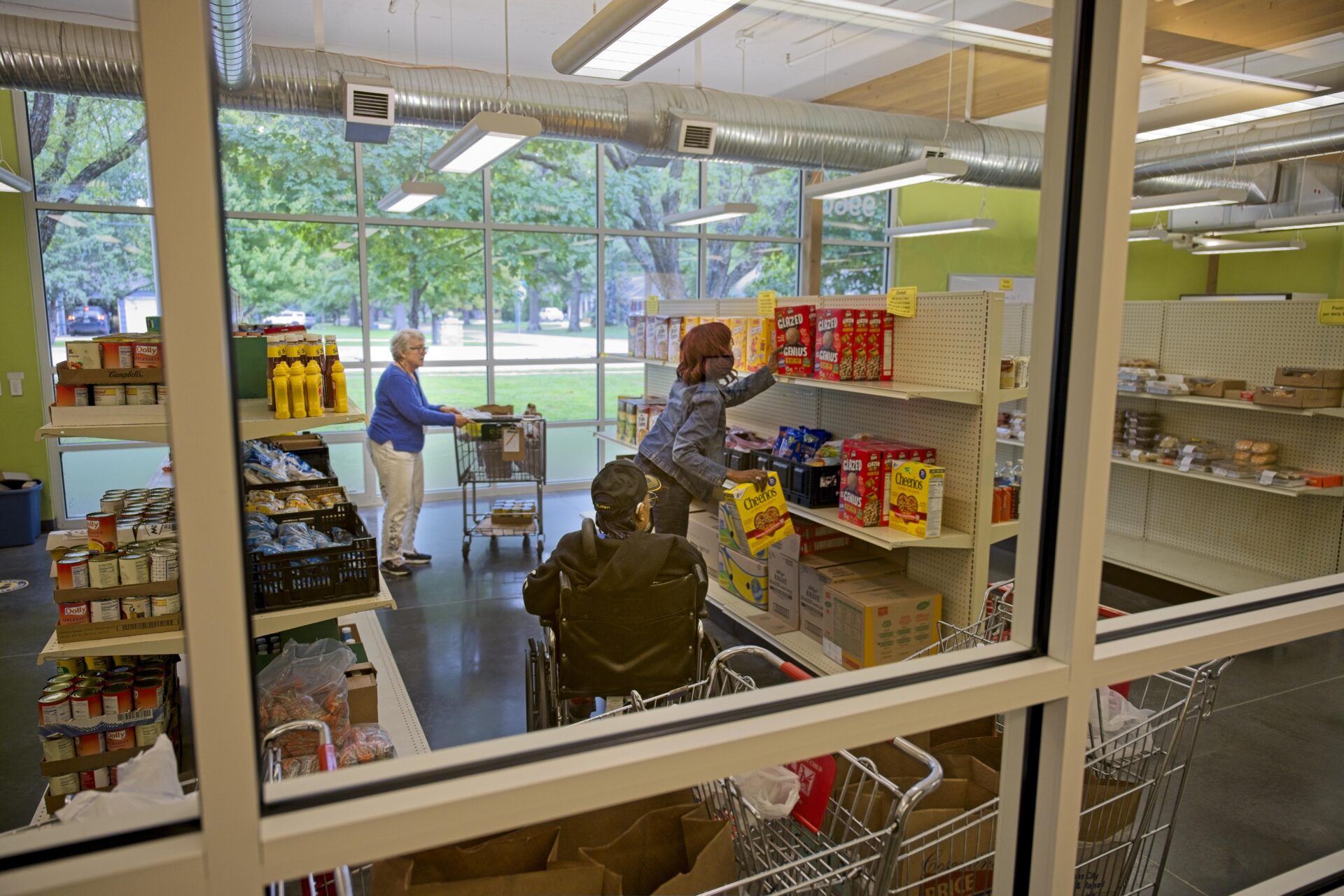
Serving Neighbors in Need
1998
The Village Church Food Pantry began its operation at 99th & Mission Road in Overland Park on Nov. 2, 1998. The state-of-the-art Tillotson Building, which houses the Food Pantry & Clothes Closet, opened in 2008. More than 200 volunteers staff the Food Pantry & Clothes Closet each month.
food pantry
Distinctive Music Program
“Village Presbyterian Church has one of the finest music programs in the city.” —Patrick Neas, Kansas City Star. The Mission Campus features one of the most stunning pipe organs in the region, installed in 2016. When new members join, they often share that the music is one of their reasons for calling Village home.
music at village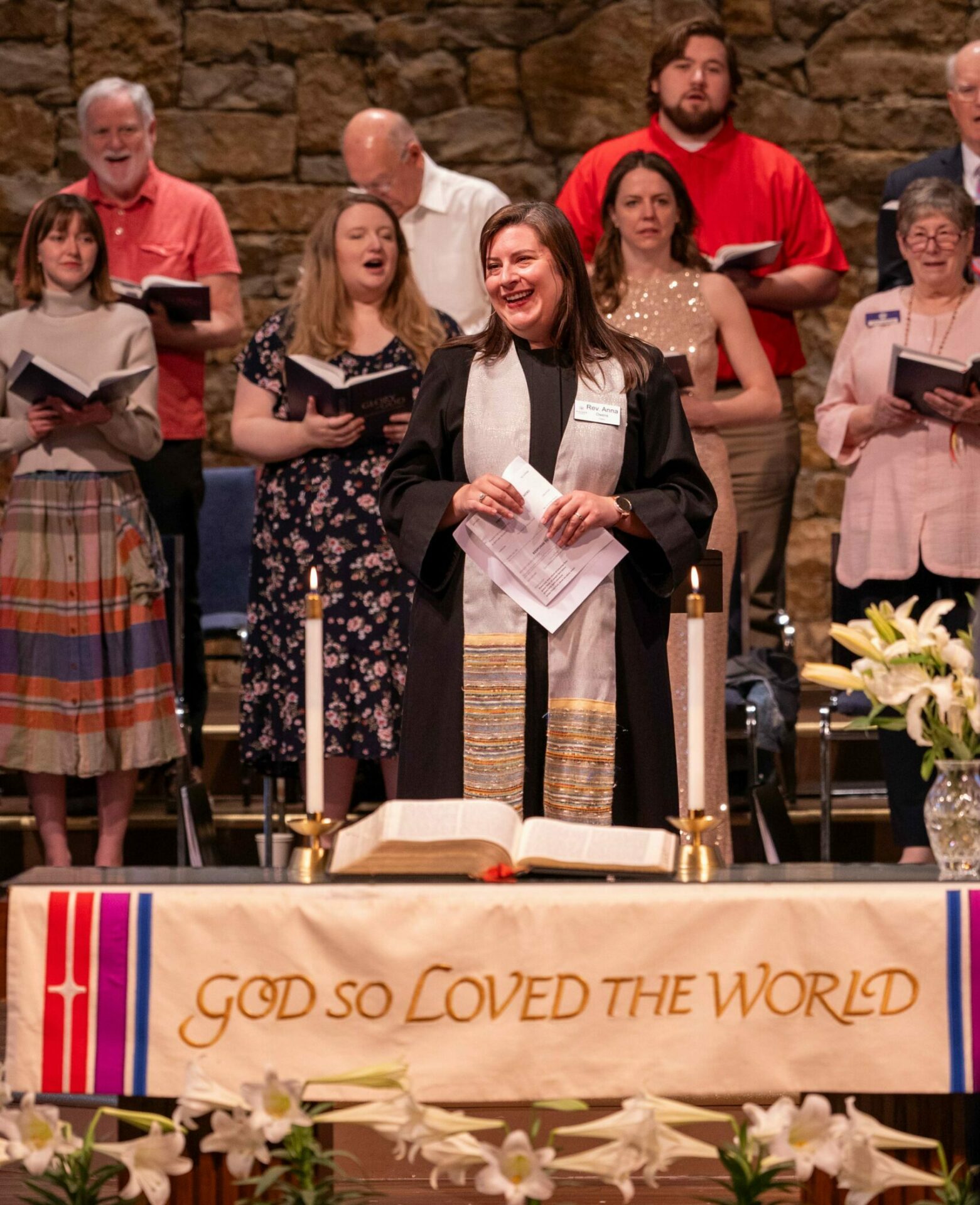
Expansion to South Overland Park
2017
On June 25, 2017, Village Church officially became one church family worshiping at two locations, expanding into southern Johnson County. The new site is known as Village Presbyterian Church on Antioch. In 2023, Rev. Anna Owens became site pastor, and the Antioch Campus is thriving with her enthusiastic leadership.
antioch campus
Caring for Our Earth
Since 2011, Village Church has been a certified Earth Care Congregation through the PC(USA), integrating environmental practices and thinking in worship, education, facilities and outreach. Village is committed to reducing its carbon footprint through energy efficiency improvements, with the ultimate goal of having zero carbon emissions.
